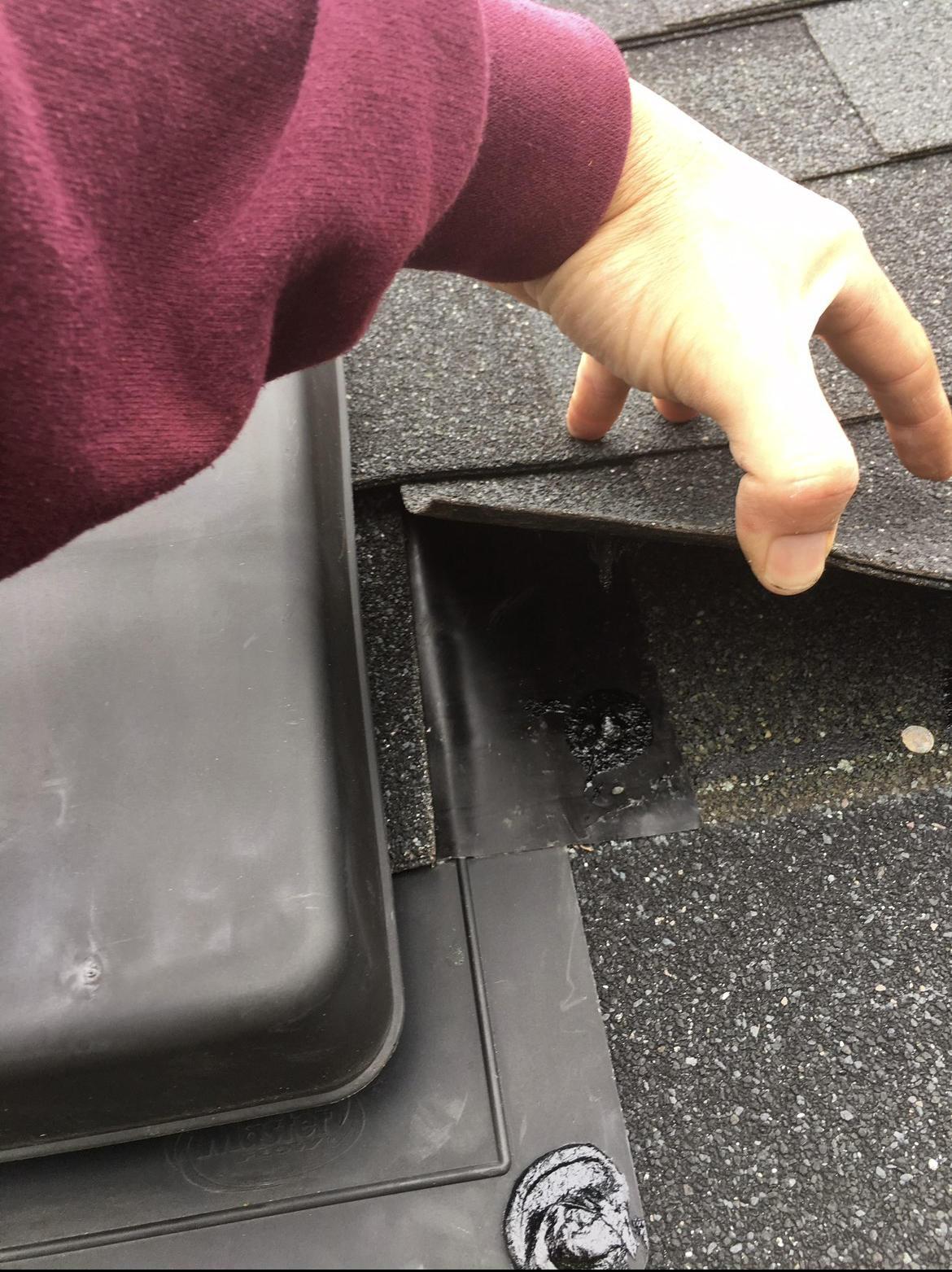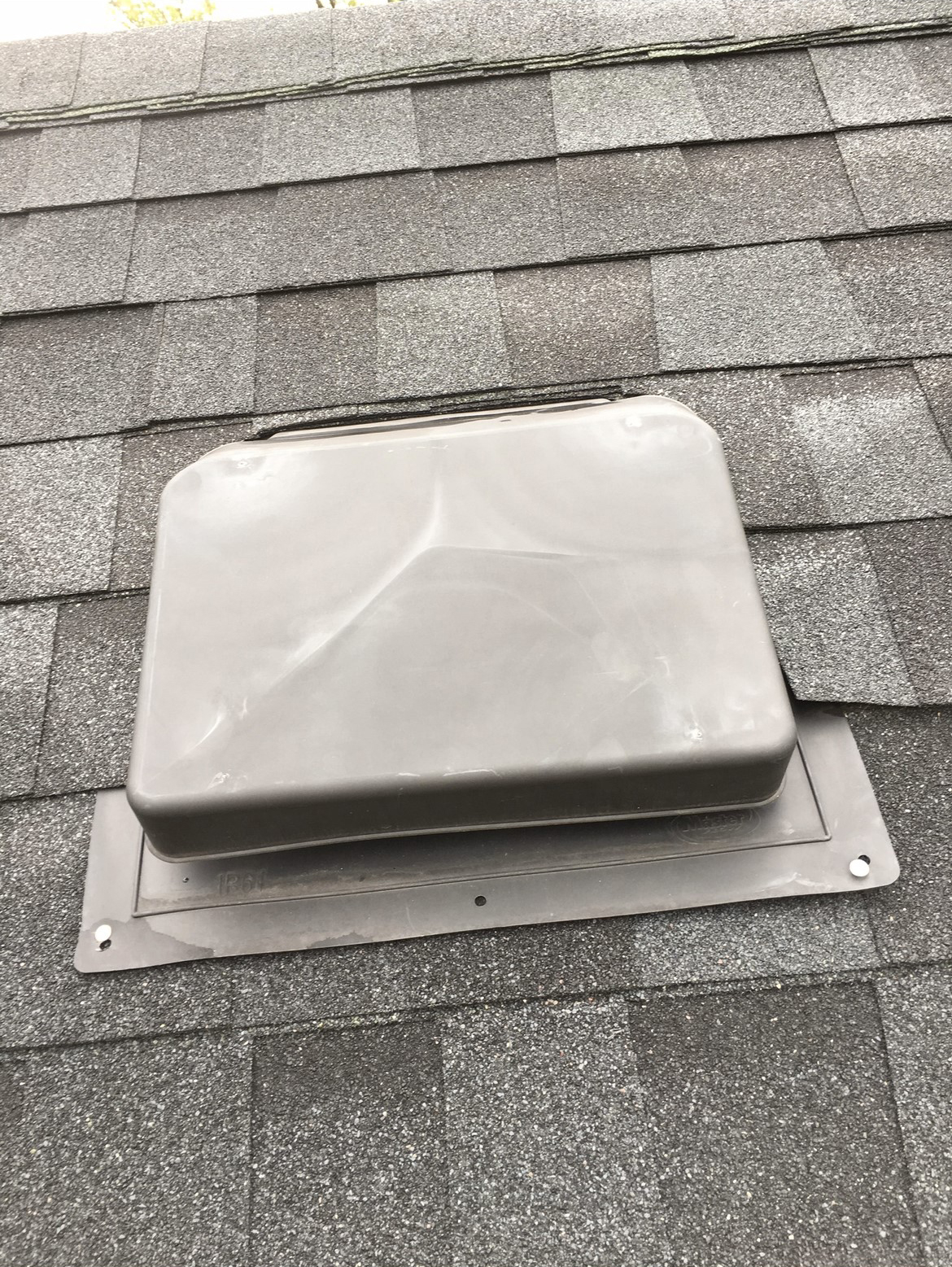Introduction
Water leaks around roof vents are a common and frustrating problem for homeowners. Water leaks can be caused by many things, but one of the most common is improper vent installation. This article will give you all the information you need to prevent water leaks around roof vents. We’ll start with an explanation of what mushroom vents are, how they work, and why they can cause problems if not installed correctly. Then we’ll take a look at some ways to keep your roof vent installations in good condition so that they don’t become leaky.
What is a mushroom vent?
Mushroom vents are a type of roof vent that is designed to be used with a rubberized membrane. The purpose of the mushroom vent is to allow air to escape from the attic space, but also prevent water from entering it. Mushroom vents work by having two parts: an interior flap and an exterior flange. The interior flap serves as an air barrier between your home’s living space and attic area, while also preventing rain from coming in through cracks or seams in your roofing material (such as shingles).
Why do water leaks happen around roof vents?
Water leaks are a common problem in homes. They can cause structural damage and increase your energy bill, so it’s important to know how to prevent them.
Water can leak into the attic through roof vents because they’re installed in areas where there is no roof flashing or water barrier. These are two things that help keep water out of attics by covering gaps between the top of your home’s walls and its roofline, which makes up part of its exterior wall system (EVS). A lot of times, if there isn’t enough EVS around these openings for proper drainage, then rainwater will pool up against them instead of draining away from them naturally like it should be able to do–and this leads directly back into our first point about why these leaks happen: because their EVS isn’t strong enough!
How can I prevent water leaks around roof vents?
You can prevent water leaks around roof vents by using a rubberized membrane.
This material is made from two layers of asphalt with an elastomeric layer in between them and it’s good for preventing water from seeping through cracks or gaps in your home’s roofing system. It also helps keep out moisture, which can lead to mold growth if left unchecked.
The top-notch material used on your roof should be strong enough to handle heavy weights without buckling under pressure; this reduces the risk of damage due to wind gusts or falling debris hitting against it while you’re at work during inclement weather conditions such as rainstorms or high winds speeds (over 50 mph). If possible, choose metal flashing instead because they’re much more durable than plastic ones when exposed directly beneath sunlight over time periods lasting longer than five years; metal roofs last up until 50 years before needing replacement due to wear & tear caused by UV rays being absorbed into their surface area constantly throughout those many decades.”
Water leaks are not only an eyesore but also can cause interior problems.
Water leaks are not only an eyesore but also can cause interior problems. Water leaks can be a safety hazard, as they lead to mold and mildew growth, wood rot and interior damage.
Case Study
During this project, the customer reported a recurring issue of water leakage from their mushroom vent located at the back of the roof, particularly during heavy windy rains. Upon conducting a thorough examination, we discovered a significant problem – the absence of proper flashing surrounding the flange of the existing mushroom vent. This absence allowed water to easily seep into the vent, causing the leaks.
To address this issue and provide a reliable solution, we took proactive measures. We carefully removed the shingles surrounding the mushroom vent to gain access and improve the situation. We then proceeded to install a high-quality rubberized membrane around the flange of the mushroom vent. This strategic installation ensures that any potential driven rains are effectively prevented from entering the vent, significantly reducing the likelihood of future leaks.
By employing this durable and reliable rubberized membrane, we have effectively eliminated the vulnerability of the mushroom vent to water intrusion. Our meticulous approach and commitment to using top-notch materials guarantee a lasting solution, granting our customers peace of mind during heavy windy rains.
Conclusion
Water leaks are not only an eyesore but also can cause interior problems. If you notice a leak in your home, don’t ignore it and hope it goes away. Contact us immediately to help you find the source of the leak and fix it before it causes further damage.
- High Wind Damage To Shingles – What To Do - March 1, 2025
- How We Solved a Garage Ceiling Leak - January 28, 2025
- Kick Out Flashing: A Simple Solution for a Water-Free Home - November 29, 2023



